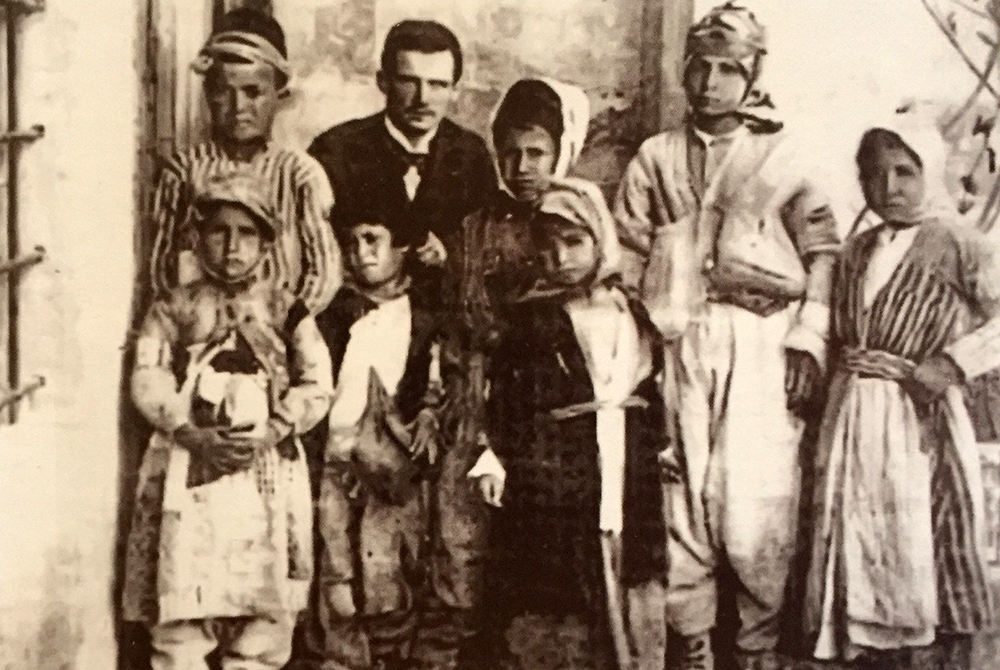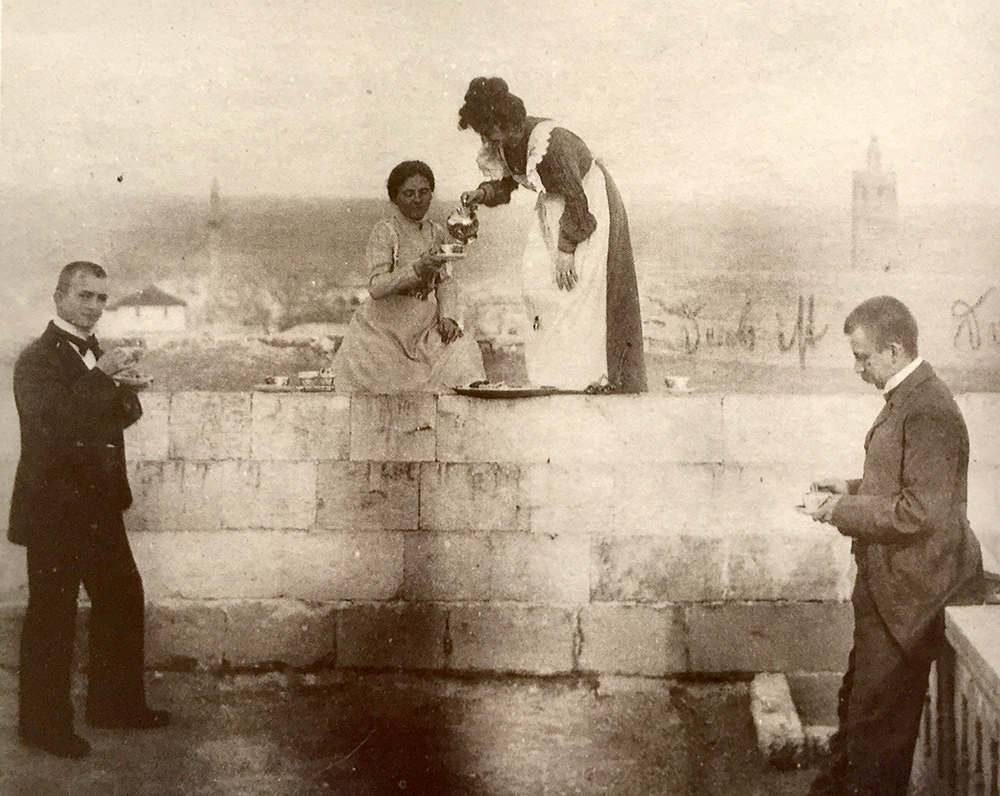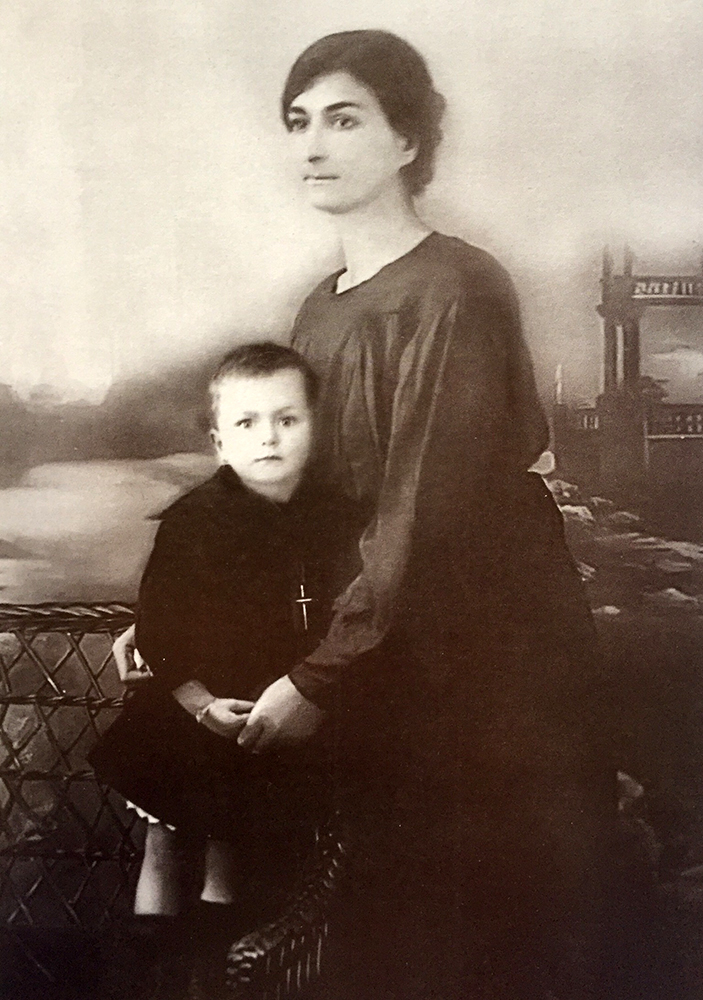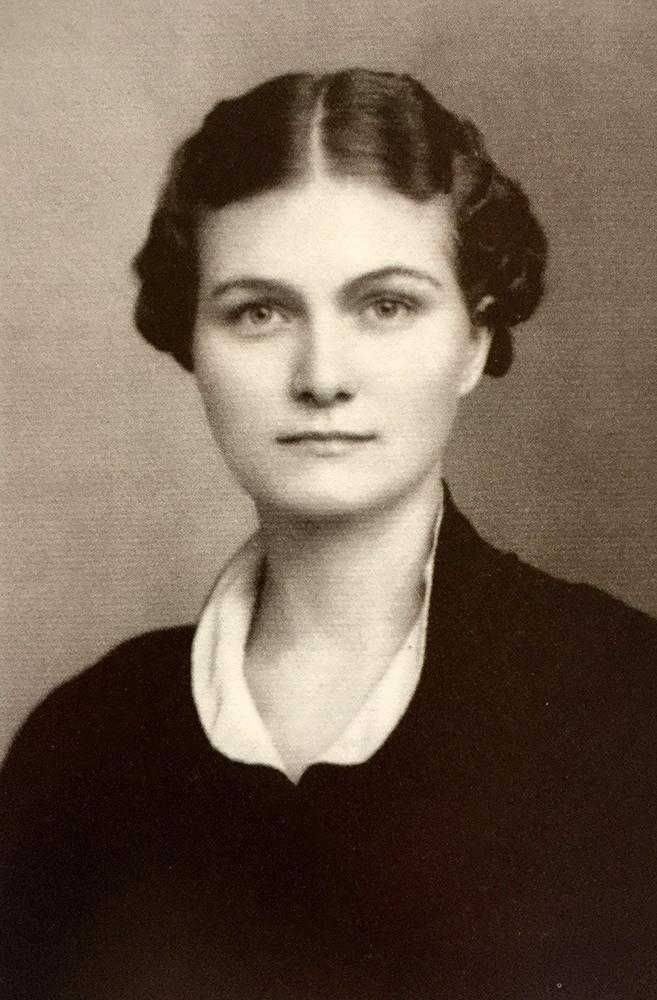 “…How difficult it must be for Armenians when they meet their parents’, husbands’, sisters’, brothers’ and childrens’ executioners…
“…How difficult it must be for Armenians when they meet their parents’, husbands’, sisters’, brothers’ and childrens’ executioners…
… Shouldn't they once more be filled with feelings of hatred and revenge...?”
Franz Eckert
The brothers Bruno and Franz Eckert lived and worked in the Ottoman Empire from the 1890s until about 1910.
In 1897, 24-year old Franz Eckert (1873-1919), who was involved in missionary work through Johannes Lepsius, travelled to the Ottoman Empire to work in the city of Urfa. Lepsius saw, in Franz Eckert, who received pedagogical education, leadership and organizational qualities. During his more than 20 years in Urfa, Eckert headed the German Orphanage and Carpet Factory he created for Armenian children, where only they worked. (1)
In 1910, Eckert's younger brother Bruno (1885-1918) arrived in Urfa. He was a graduate of the University of Arts in Berlin and a professional painter. Despite their age difference of twelve years, the brothers were bound by a strong friendship and common interests. Bruno Eckert was needed both as a painter and as a draftsman in the carpet factory. (2)
As soon as World War I broke out, the Eckert brothers, being conscripted, became officers in the German army.
Bruno Eckert and Satenik Tahmizian
Nshan and Gayane Tahmizian from Erzinjan had twelve children, the eldest of whom was Satenik. On the deportation route from Erzinjan to Urfa, Satenik went through such torments and sufferings that she tried to commit suicide twice by throwing herself in the Euphrates, but she was fortunately saved. In Urfa, Satenik, like many other Armenians, found refuge in the Eckerts’ carpet factory, where she met Bruno Eckert; they married in 1915. (3)
In the beginning of summer of 1918 Franz Eckert, for the safety of his brother’s wife and their child, sent pregnant Satenik to Aleppo, where Bruno Eckert’s and Satenik Tahmizian’s daughter Aghavni was born.
Bruno was killed during the summer of 1918 on the Palestine border. Before leaving for the front, he gave Satenik folios of Armenian handmade embroidery, telling her, “Keep them carefully. If necessary, sell everything for your old age and my only child, except for these folios, because they are invaluable treasures.” (4)
Three and a half years after her husband’s death, Satenik married her compatriot Manase Bezikian, who had also lost his entire family during the Genocide.
The Eckert brothers had a great authority and influence in both the Armenian and Turkish environments. When, however, the massacres of Armenians began, they were seen as “unwanted witnesses of the vile Turkish actions.” (5)
The Eckerts’ factory provided Armenians with food, clothing, a place to spend the night and protection.
Bruno Eckert’s testimonies concerning the massacre of Armenians in Urfa
Bruno Eckert’s book “My Testimonies About the Events in Urfa” is a restrained and careful account. In order not to endanger people’s lives, the author does not mention the names of any surviving Armenians.(6)
Bruno Eckert writes, about the Turks’ hatred towards the Armenians:
“When it came to the Armenians, Turkish evil knew no bounds. In fact, the majority of the Armenian population was far removed from politics, as it was concerned about its daily bread. We sought to draw the Armenians’ attention to the Muslims’ dangerous hatred; my brother spoke about it before the men gathered in the big Armenian Church. They listened with gratitude. Many believed that great Germany would not permit any persecution” (7).
Witnessing the mass killings of Armenians in Urfa, Bruno Eckert reported:
“…the dead bodies of women and children were found all across the city for days. The disgusting smell spoiled the air. The government hired several carts which were kept busy removing corpses from the city from morning till evening every day. It was a horrible sight to see those carts filled with half-naked corpses. Fraternal graves were dug in the Armenian Church grounds.” (8).
The author writes, with sorrow, about the Armenians’ holy place, the Armenian Church, being turned into a brothel:
“…Officers, police, and gendarmes kept going in and out. Residents of nearby houses often heard loud screams at nights from the murdered monk’s room. The gendarmes guarded the main entrance to the church so that no Armenian could enter it. People in the neighboring houses saw how the Turks chose beautiful girls and women in the Armenian Church and dragged them to their houses at night…” (9)
Bruno Eckert reports on the tragic fate of women and children: “Leaving the city, Armenian women mourned, giving their babies to Muslim women, while others put their breastfed children on the roadside… I saw how a gendarme hit a sick, lame young woman in the back with the butt of a rifle. To my angry outcry, “Isn’t it shame?” he harshly replied, “They all have to die…” (10).
The statement made by Bruno Eckert in support of four hundred and seventy Armenians in “Masbane” (11)
“On the 29th of September more men and women tried to hide in the factory, but there was no room, - Bruno Eckert reported - I had to stand guard to prevent armed men invading the factory. There were exactly four hundred and seventy Armenians in it, mostly women and children. On the afternoon of the same day, there was a moment of panic in the factory. Men entered the corners with lightning speed while the women and children shouted and asking for help. I arrived at the time when several Turks were trying to enter “Masbane” by climbing over the stone wall of the neighboring house. Standing by the window and ready to defend myself, I shouted at the bashibozuks (soldiers of the irregular army):
“GERMANS ARE LIVING HERE!” (The emphasis is ours; T.M.) (12)
Bruno’s final impressions and feelings are especially interesting: “When you walk through the empty Armenian district and see the ruins, the naked walls and looted houses, you cannot get rid of the bitter thought that the Armenian population; almost twenty thousand souls, has fallen victim to Turkish greed… We later learned why all the printed and handwritten papers were collected with such rare diligence…” (13).
Tehmine Martoyan
PhD in History, senior researcher at AGMI Department of Organizing Museum Exhibitions
----------------------------
1. Bruno Eckert, “My Testimonies about the Events in Urfa”, V, Nahapet, 2018, p.63.
2. Ibid, p. 64.
3. Ibid, p. 65.
4. Ibid, pp. 66-67.
Satenik Bezikian, who migrated to the homeland from Romania presented her two folios of two hundred and thirty-eight drawings belonging to the Urfa Embroidery School to the State Gallery of Armenia (now the National Gallery of Armenia) in 1956, leaving a written testament, according to which “Different samples of that unique Armenian folk art” had been collected and copied by her husband Bruno Eckert, the German artist.
5. Ibid, p. 68.
6. Ibid, p. 69.
7. Ibid, p. 76.
8. Ibid, pp. 86-87.
9. Ibid, p. 87.
10. Ibid, p. 94.
11. The name of Urfa Carpet Factory.
12. Ibid, p. 89.
13. Ibid, pp. 103-104.

Bruno Eckert in Urfa

Franz Eckert with the children of the Armenian Orphanage

Satenik and her daughter Aghavni

Aghavni, Bruno and Satenik’s daughter





